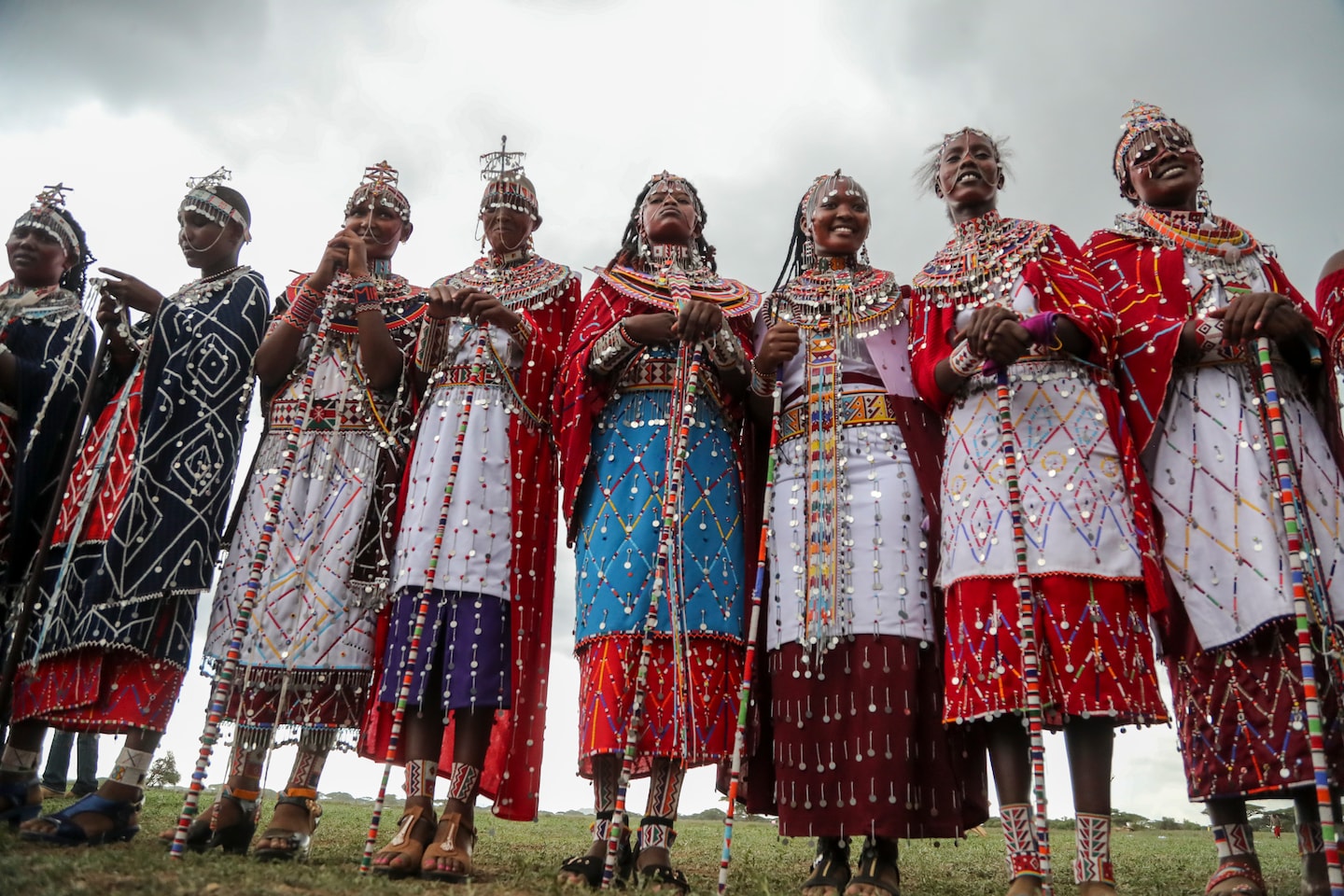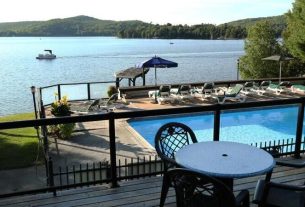The traditional rite of passage for a young Maasai man has been to kill a lion with a spear in order to prove his masculinity, earn a warrior name and admiration among young women.
But Maasai elders like Mingati Samanya, 69, are charting a new path for the community’s young warriors, also known as morans.
During his youth, Samanya killed two lions to show he was a man and that is how he received the “lion name” Mingati in the Maa language. His name at birth was Naiganya.
Samanya is now among dozens of elders who are encouraging Maasai morans to pursue an alternative way of proving their masculinity that includes participating in athletics, javelin and Maasai jump competitions during the community Olympics.
On Saturday, at the Kimana Sanctuary in the foothills of Mount Kilimanjaro, young men and some women competed for medals and cash prizes.
“During our time, we killed lions and did not benefit with anything. Right now, when the morans throw a javelin and run, they get money. Previously, we got nothing. It was just poverty instead of providing for our family,” Samanya told The Associated Press.
Vivian Nganini, who attended the Maasai Olympics while wearing a traditional wedding dress complete with colorful beaded necklaces, said girls of today prefer the modern moran.
“At least when they run, they can win some money and be able to take care of their wives and children,” said the 22-year-old mother of two.
The Maasai Olympics also are part of wider conservation efforts.
“The cultural side of warriors wanting to kill lions to be renowned is solved by this event,” Craig Millar with the Big Life Foundation told the AP.
The lion population in the Amboseli ecosystem which includes the Kimana Sanctuary has increased 10 times over the last 20 years, according to Millar. He attributed this to various initiatives like anti-poaching law enforcement and compensation programs to alleviate the loss of Maasai-owned livestock to predators.
But other dangers remain for wildlife. Parts of Kenya and the wider East Africa region have experienced four consecutive seasons with inadequate rainfall, with hundreds of elephants, wildebeests, zebras and other animals dying, according to a recent report by wildlife authorities.
During such prolonged dry periods, the risk of human-wildlife conflict increases, but communities living near parks are encouraged to protect and co-exist with wild animals.
“We now understand the benefits of wildlife to the country’s economy and direct benefits to us, the Maasai, who live near the parks,” said Baba Siton, an elder who lives near the Kimana Sanctuary. “I’ve often allowed the harmless wild animals to drink in water pans alongside my livestock.”



